ហ័រមូស គឺជាឈ្មោះនៃអាណាចក្រ និងវប្បធម៌មួយ ក្នុងតំបន់មជ្ឈិមបូព៌ាដែលបច្ចុប្បន្នជាប្រទេសអ៉ូម៉ង់។ នៅដើមស.វ.ទី១១ អាណាចក្រនេះចាប់ផ្តើមមានឥទ្ឋិពលខ្លាំងនៅតំបន់ ហើយក៏ជាតំបន់មជ្ឃមណ្ឌលសាសនាអ៊ីស្លាមក្នុងតំបន់ និងជាតំបន់ពាណិជ្ជកម្ម ដ៏សំខាន់រវាងតំបន់អារ៉ាប់ អាហ្វ្រិចខាងលិច មហាសមុទ្រឥណ្ឌា និងតំបន់អាស៊ីខាងកើត។ នៅស.វ.ទី១៤ ស្តេចហ័រមូសបានប្តូរទីក្រុងមកកាន់ទីក្រុងថ្មីមួយដែលមានឈ្មោះថា កាល់ហាត (Qalhat)។
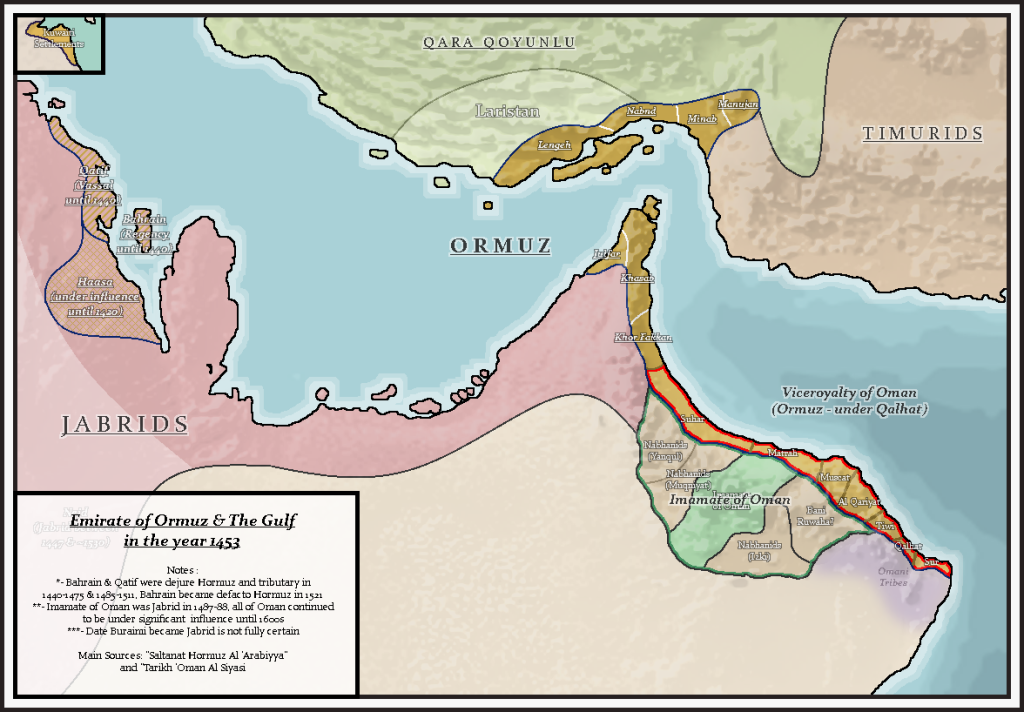
ប្រភព៖ UNESCO
កាល់ហាត គឺជាទីក្រុងបុរាណ មួយក្នុងចំណោមបណ្តាទីក្រុងបុរាណឯទៀតនៃអាណាចក្រ ហ័រមូស ហើយជាតំបន់ស្នូលសំខាន់ និងជាទីក្រុងកំពង់ផែ ចាប់ពីស.វ.ទី១៤រហូតដល់ស.វ.ទី១៦នៃគ.ស. ដែលគ្រប់គ្រងដោយស្តេច Hormuz។ ទីក្រុងនេះក៏ឃើញមានការកត់ត្រាដោយ Marco Polo និង Ibn Battutah ផងដែរ។ កំពង់ផែនៅទីក្រុងនេះ គឺតភ្ជាប់ពីឈូងសមុទ្រពែក្សទៅនឹងមហាសមុទ្រឥណ្ឌា ដែលធ្វើឱ្យអាណាចក្រហ័រមូស នេះចាប់ផ្តើមរីកចម្រើន និងមានឥទ្ធិពលខាងពាណិជ្ជកម្មមួយក្នុងតំបន់មជ្ឈិមបូព៌ា។ ការរៀបចំក្រុងនេះគឺមានប្លង់ជារាងត្រីកោណ និងមានកំពែងដីព័ទ្ធជុំវិញ។ ចាប់ពីឆ្នាំ ២០០៨ រហូតដល់២០១៩ អ្នកស្រាវជ្រាវបានធ្វើការកំណាយស្រាវជ្រាវជាច្រើនទីតាំងក្នុងតំបន់ក្រុងបុរាណនេះ និង បានរកឃើញនូវស្លាកស្នាមសំណង់គេហដ្ឋានជាច្រើនកន្លែងនៅក្បែរនឹងទីក្រុង និងវត្ថុសិល្បៈផ្សេងទៀត រួមមាន វត្ថុអំពីដីដុត លោហធាតុ ឧបករណ៍ប្រើប្រាស់ផ្សេងៗ គ្រឿងអលង្ការផ្សេងៗ និងជាពិសេសការរកឃើញស្ថានីយកប់សព។ នៅទីក្រុងនៅឃើញមានព្រះវិហារអ៊ីស្លាមមួយដែលហៅថា ប៊ីប៊ី ម៉ារីយ៉ាម (Bibi Maryam) ដែលជាសំណង់សល់តាំងពីសម័យអាណាចក្រហ័រមូស។ តាមរយៈទិន្នន័យ នៃការស្រាវជ្រាវក្នុងតំបន់ក្រុងបុរាណនេះ បានបង្ហាញថា ទីក្រុងកាល់ហាត ជាភស្តុតាងសំខាន់អំពីការស្រាវជ្រាវនៃប្រវត្តិសាស្រ្តរបស់វប្បធម៌ នៃអាណាចក្រហ័រមូស តាមរយៈទីក្រុងកាល់ហាត ដែលជាមជ្ឈមណ្ឌលពាណិជ្ជកម្មដ៏សំខាន់របស់ស្តេច Hormuz។
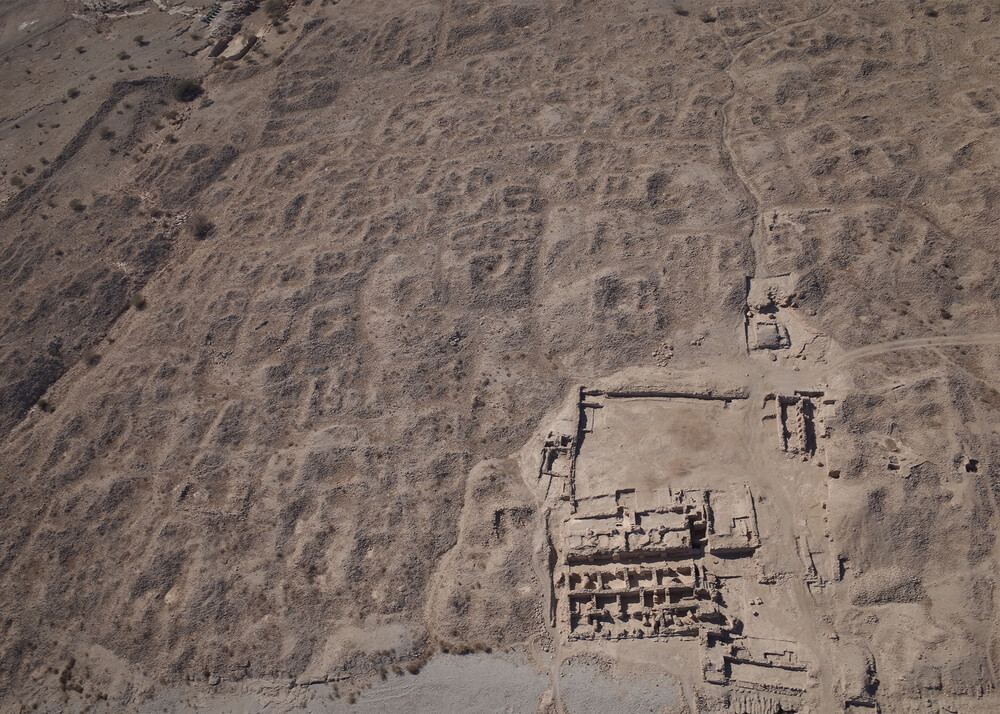
ប្រភព៖ UNESCO
បើសង្កេតអំពីការ ជ្រើសរើសទីតាំងនៃទីក្រុងនេះវិញ ឃើញថាទីក្រុងនេះទទួលបានផលចំណេញពីទីតាំងភូមិសាស្ត្រនយោបាយក្នុងតំបន់ តាមរយៈកំពង់ផែ ដែលជាផ្នែកសំខាន់ធ្វើឲ្យអាណាចក្រនេះរីកច្រើនរហូតដល់ស.វ.ទី១៥។ ទីក្រុងនេះត្រូវបានចូលបញ្ជីបេតិកភណ្ឌពិភពលោកពិភពលោកនៅឆ្នាំ ២០១៨ ហើយក៏ត្រូវបានជួសជុលដោយគម្រោងសំណង់ពិភពលោក (World Monument Fund) លើសំណង់ព្រះវិហារ Bibi Maryam។ បច្ចុប្បន្នទីក្រុងនេះស្ថិតនៅចម្ងាយ២០គីឡូ ខាងជើងនៃទីស៊ូ(Sur)ដែលមានចម្ងាយប្រមាណជាង១៥០គីឡូពីរាជធានី Muscat នៃប្រទេសអ៉ូម៉ង់។ រហូតមកដល់ពេលបច្ចុប្បន្ននេះ ស៊ូ នៅតែជាទីក្រុងកំពង់ផែ ពាណិជ្ជកម្មដ៏សំខាន់ក្នុងប្រទេសអ៉ូម៉ង់។
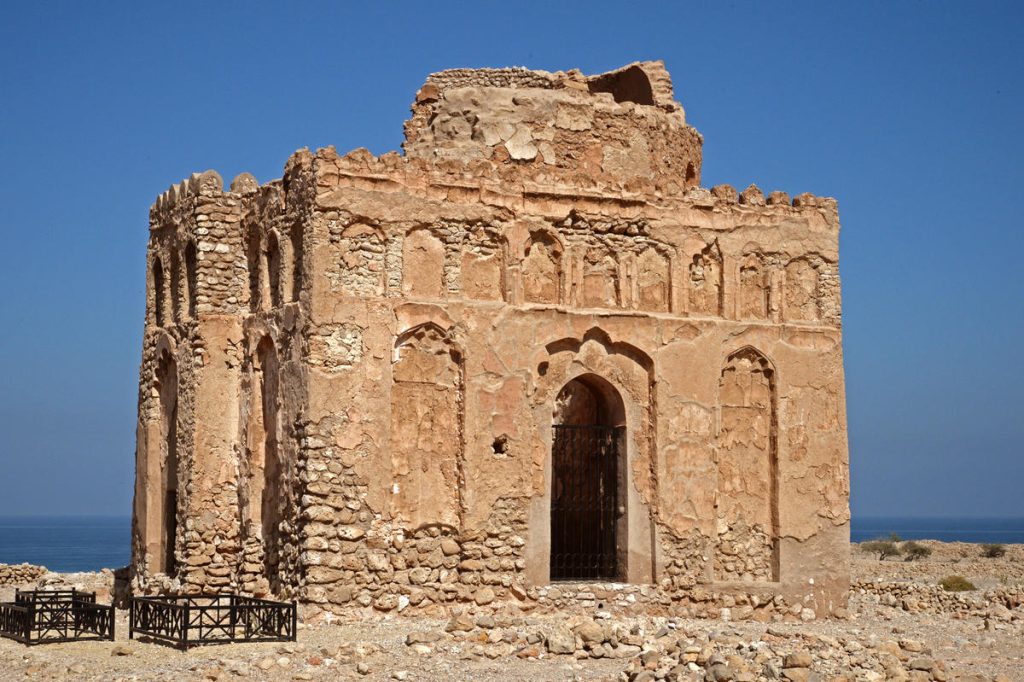
ប្រភព៖ WMF
សរុបមកវប្បធម៌នៃអាណាចក្រហ័រមូស ដែលមានទីក្រុងកំពង់ផែ ជាស្នូល និងសំខាន់មួយក្នុងតំបន់មជ្ឈិមបូព៌ា។ តាមរយៈទិន្នន័យបុរាណវិទ្យាទាំងនោះ បានបង្ហាញថា ចាប់ពីស.វ.ទី១៦មក ទីក្រុងកាល់ហាត ត្រូវបានបោះបង់ចោល និងអ្នកស្រាវជ្រាវពុំដឹងអំពីមូលហេតុច្បាស់លាស់នៃការដួលរលំនៃអាណាចក្រនេះទេ ប៉ុន្តែប្រហែលមកពីការប្រែប្រួលអាកាសធាតុក្នុងតំបន់ និងមានការឈ្លានពីជនជាតិ ព័រទុយហ្គាល់ និងមានកត្តាផ្សេងៗដែលធ្វើឲ្យវប្បធម៌នៃអាណាចក្រនេះដួលរលំ ៕
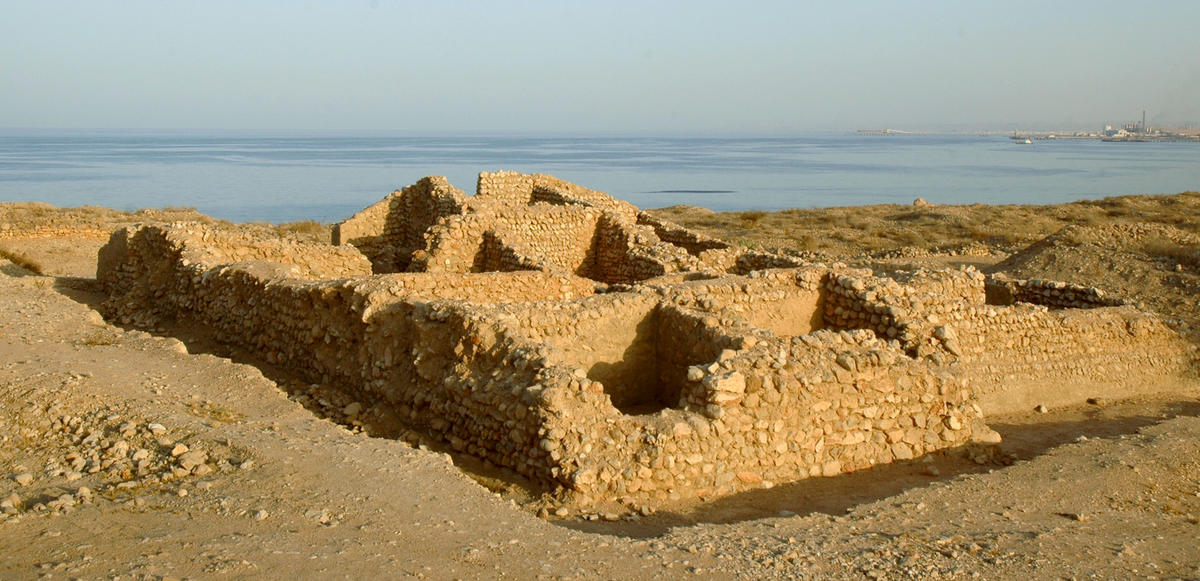
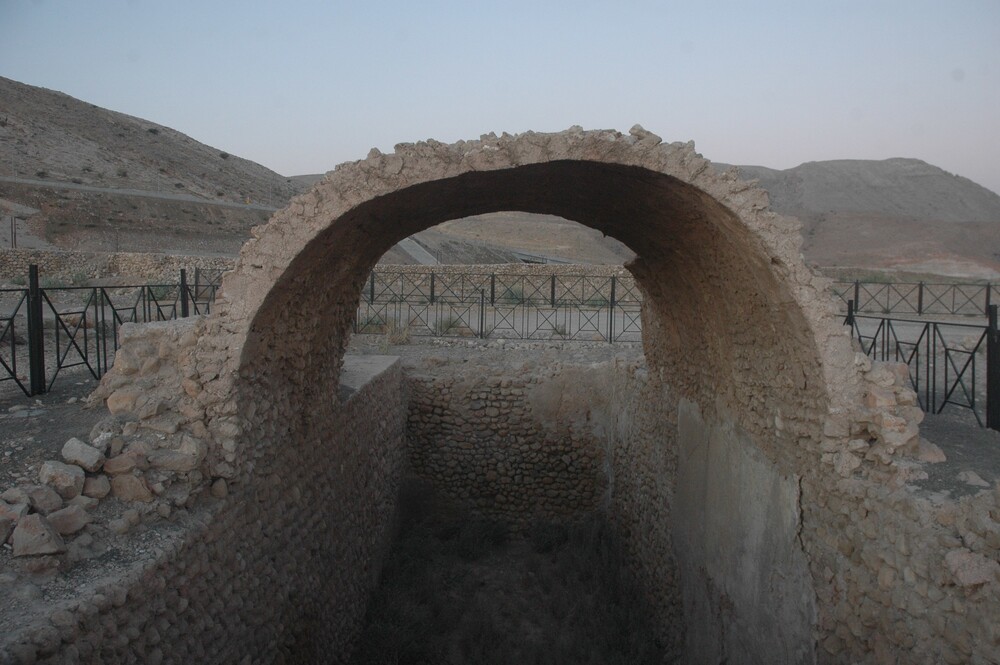
ប្រភព៖ WMF
————————————-
Hormuz culture
Hormuz is the name of an empire and culture in the Middle East, now Oman. At the beginning of the 11th century, the empire began to influence and was also a regional Islamic center, as well as a major trading center between Arabia, West Africa, the Indian Ocean, and East Asia. In the 14th century, King Hormuz moved to a new city called Qalhat.
Qalhat was one of the ancient cities of the Hormuz Empire and was a major center and port city from the 14th century until the 16th century ruled by King Hormuz. The city also sees recordings by Marco Polo and Ibn Battutah. The port of this city was connected from the Persian Gulf to the Indian Ocean, making the Hormuz Empire a developing and influential trading power in the Middle East. The urban planning is a triangular plan and is surrounded by a wall. From 2008 to 2019, researchers excavated several sites in the ancient city and found traces of buildings near the city and other artifacts, including earthenware objects, Metals, and other tools (jewelry, and especially the discovery of burial sites). In the city, there is a mosque called Bibi Maryam, which dates back to the Hormuz period. Based on, archaeological data from the ancient city show that the Qalhat city is an important source of historical research on the culture of the Hormuz Empire through the finding of the ancient city Qalhat where is the main commercial center of King Hormuz.
According to observing the city location, the city benefited from the geopolitical location of the region through ports, which were an important part of the empire’s development until the 15th century. The city was designated as a World Heritage Site in 2018 and was restored by the World Monument Fund on the site of the Bibi Maryam. The city is currently located 20 km north of Sur, more than 150 km from Muscat, Oman country. To this day, Su remains a major trading port in Oman.
In conclusion, the culture of the Hormuz Empire contained an important port and a center of the Middle East. Based on, archaeological data show that from the 16th century onward Qalhat city was abandoned and researchers do not know the exact cause of the empire’s collapse, but probably due to climate change. As well as, the region was invaded by the Portuguese and there will be various factors that bring down the culture of this empire.
អត្ថបទដោយ៖ លោក អេង តុលា






